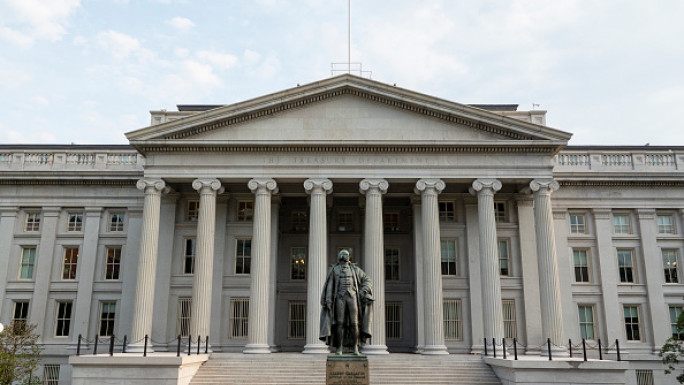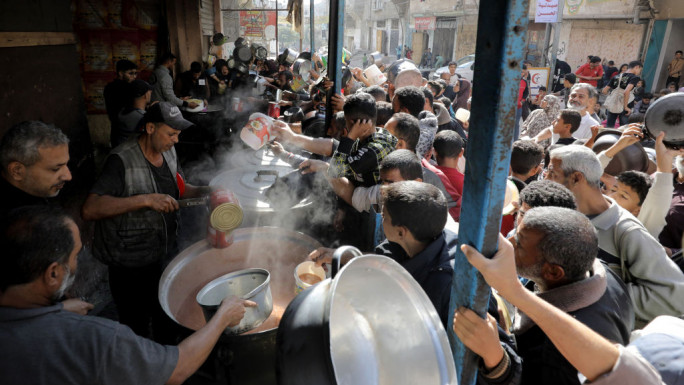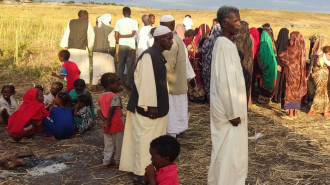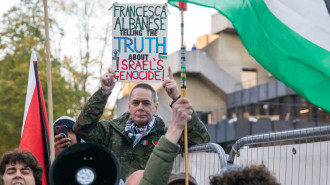Baghdad and Isfahan: The Silicon Valleys of the Middle Ages
Baghdad and Isfahan: A Dialogue of Two Cities In an Age of Science CA. 750-1750 is an ambitious and sweeping history charting the study of science in two cities and their interactions with the wider world.
When we think of tech invocations we think of Palo Alto, better known as Silicon Valley. When we think of space exploration, we think of Houston, Texas. Where science happens forms a critical part of how we envision it.
If we were living in the Middle Ages, we might think of Baghdad and Isfahan as such places. The two cities have a lot to boast in terms of the thinkers they’ve produced and were major pulls for those interested in exploring science and conducting scientific research.
"Baghdad and Isfahan is part of a growing scholarship trying to reintegrate the cities of the ‘East’ back into the historical narrative of the development of science"
Elaheh Kheirandish’s book explores a number of different manuscripts to help us recreate that sense of what was and how they related to each other.
As a poem by the 13th-century writer Kamal Al-Din Isfahani on the kinship between the two cities and quoted in the book reads, “[Baghdad] O’Isfahan…Clear as a day, if cities were all bodies, I’d be the soul running through each one…[Isfahan] O’Baghdad…Not the whole of Baghdad, in all fairness, is a fist of my soil in the palm of one’s hand.”
Scientific works can offer interesting clues about the society around them. Abu Rayhan Al-Biruni, a 10-century Central Asian scientist, whose works floated around the Islamic world, we encounter some interesting gender dynamics.
Looking at his book called the introduction, which tackled a range of scientific topics, we learn Al-Biruni received money and was commissioned to write the book by a female patron. The patron “had 'requested' over five hundred questions [to be answered] from the master [Al-Biruni], from geometry and arithmetic to astronomy and astrology.”
Baghdad was a central city to the development of science, “Baghdad of the 850s shone brightly when it came to science,” due to the wide patronage it enjoyed from ruling Caliphs and those well-off in society, which included the famous House of Wisdom where translations of scientific works took place. “So rich and high were the states of scholarship and science, both during and after mid-ninth-century Baghdad, that the book commissions extended as far as Caliph Mutaqakkil’s own concubine slave and active mother,” Kheirandish informs us.
In the 9th century, Baghdad was “an important ‘route’ for the assimilation and transmission of the science; and for entities such as the science taking ‘root’ in a city with such a rich past and fast pulse, this was a time not only for massive translations and compositions involving a diverse group of scholars but of perceptions and predictions regarding the development of science at large.”
|
The book follows an interesting structure. We follow a young student called Charles Leo, as he is exploring archives, records and documents that reconstruct scientific texts, histories and poems which paint a picture of what Baghdad and Isfahan were like and what a scientific dialogue with them looks like.
This unconventional approach takes the reader on a journey of discovery into the past and we piece things together through him. There is something storied about doing this, in the 9th-century people headed to Baghdad to learn science, in the 15th-century people headed to Isfahan for the same purpose, and in the 21st century, someone is still seeking out Baghdad and Isfahan to learn.
Time and place have changed but Baghdad and Isfahan still attract hungry minds. The purpose of the book and Leo’s journey seems to be to challenge the very idea that the ‘scientific revolution’ was purely a European experience and no other time and place had much to offer.
Through Leo, we encounter some of the great thinkers of the Islamic world from Ibn Al-Haytham, Ibn Sina, Ibn Rushd and many others. “As for the cities of Baghdad and Isfahan…their living traces and lasting places in the universal stories of the early sciences were as ‘City of stars’ and ‘aiming archers’ on the same side of history.”
Baghdad and Isfahan is part of a growing scholarship trying to reintegrate the cities of the ‘East’ back into the historical narrative of the development of science. The contribution of the Arab and Persian worlds to the natural sciences should not be overlooked, we should also consider the environment and space and how this facilitates scientific development. Anyone seeking to understand how this works outside the European context would find Baghdad and Isfahan a welcome contribution.
Usman Butt is a multimedia television researcher, filmmaker and writer based in London. Usman read International Relations and Arabic Language at the University of Westminster and completed a Master of Arts in Palestine Studies at the University of Exeter.
Follow him on Twitter: @TheUsmanButt





 Follow the Middle East's top stories in English at The New Arab on Google News
Follow the Middle East's top stories in English at The New Arab on Google News


